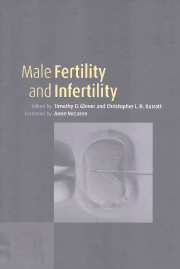Preface
Published online by Cambridge University Press: 09 August 2009
Summary
Intracytoplasmic sperm injection, or ICSI, represents the greatest single technological advance in human-assisted reproduction since the advent of in vitro fertilization (IVF). So many problems associated with female infertility were solved with IVF, yet male infertility remained an intractable problem. Today, however, because of the use of ICSI, pregnancies are achievable when even the most severe forms of male infertility are encountered. Moreover, as both Herman Tournaye and Sherman Silber have pointed out in this book, ICSI has provided us with new knowledge of, or potential areas of investigation into, several aspects of molecular genetics that were hitherto unavailable to us.
Yet, as with many new developments in science and technology, there is often a tendency for the interested scientific or clinical community to find these results so exciting that they fail to be sufficiently critical or sufficiently aware of drawbacks and limitations. Frequently, the latter may be obscured from our view in the first instance, but we are dealing with human lives here and so it is surely prudent for us to be extra vigilant. Furthermore, it should be recognized that most couples would prefer to reproduce by conventional means, so disorders of male fertility still need to be diagnosed correctly, treated and rectified if at all possible. This demands further research into testicular function and semen production. It is impossible that any one technique will be a panacea.
- Type
- Chapter
- Information
- Male Fertility and Infertility , pp. xi - xiiiPublisher: Cambridge University PressPrint publication year: 1999

